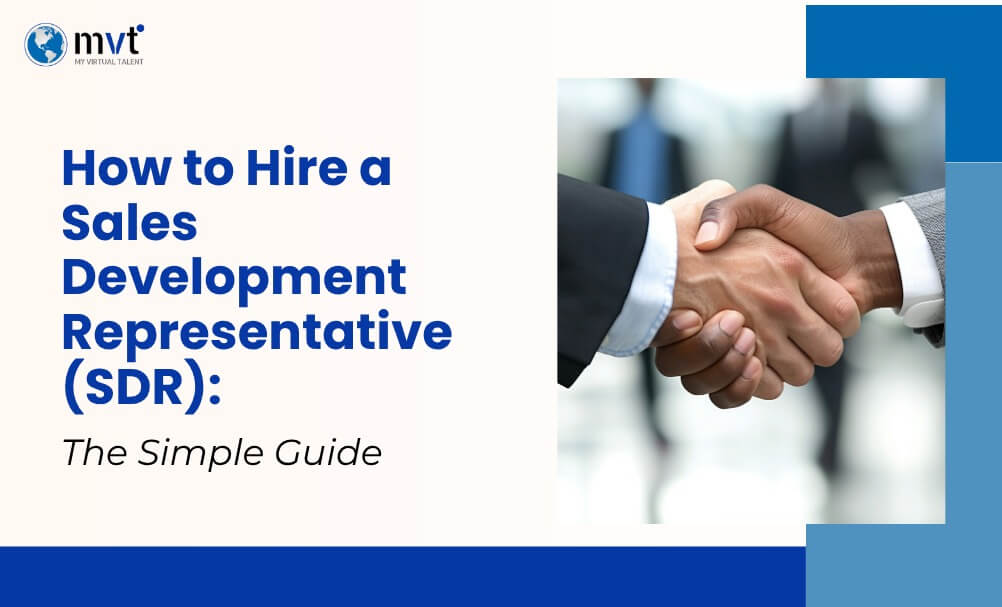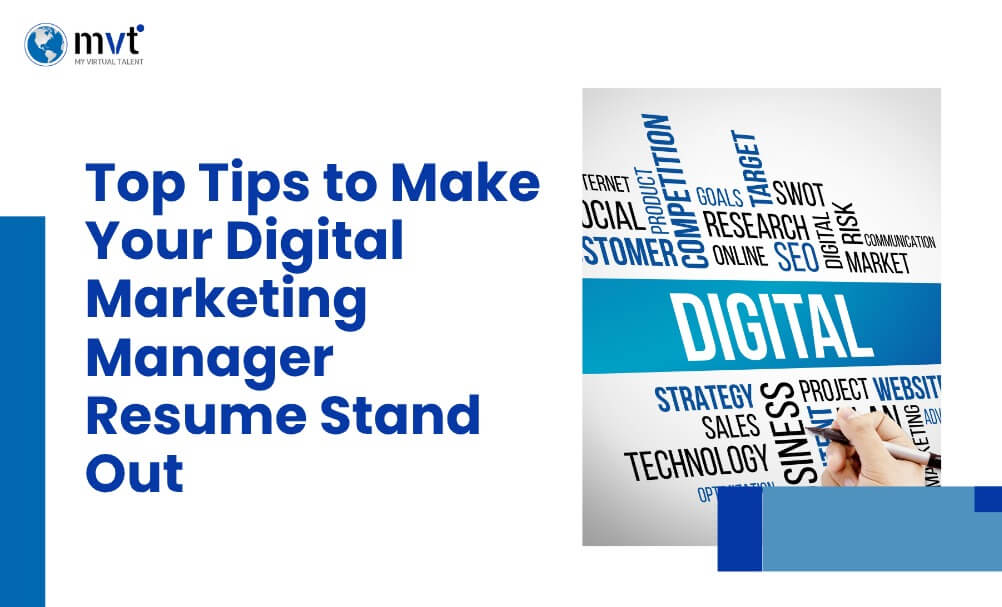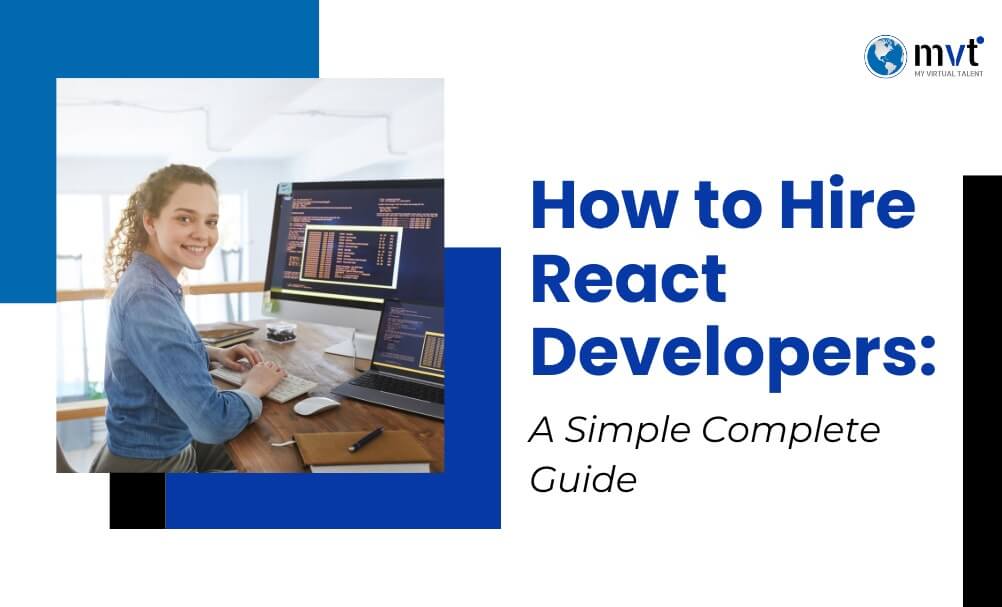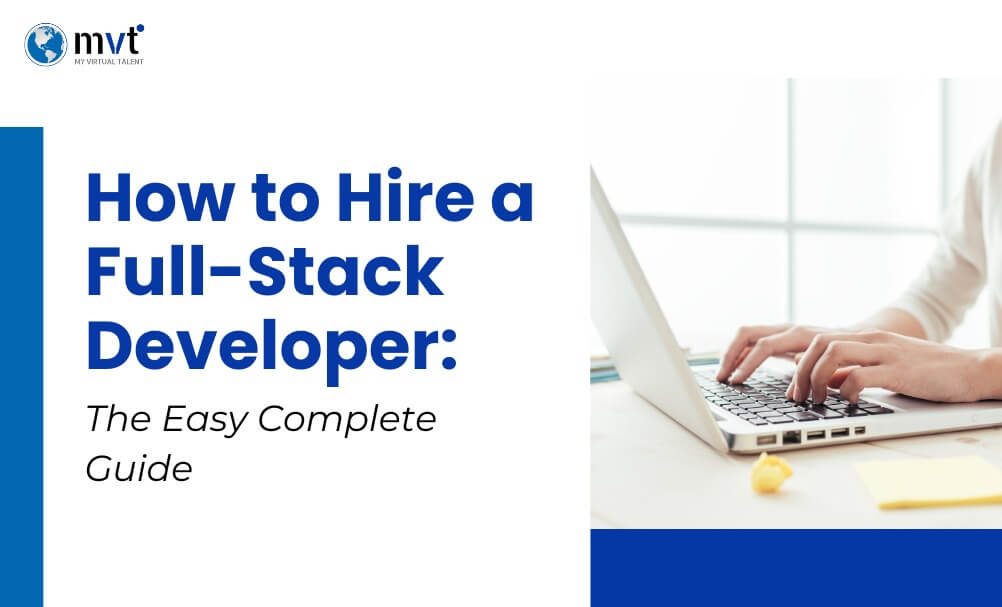
A Sales Development Representative (SDR) is the important link between marketing leads and closed deals. They are often the first human contact a prospect has with your company, which makes their role critical in shaping first impressions and qualifying opportunities.
Research shows that companies with dedicated SDRs see 15–20% higher lead conversion rates compared to businesses without this role. Even with these strong numbers, many growing companies hesitate because the hiring process can feel overwhelming.
Hiring the right SDR is not just about finding someone to make calls or send emails. It’s about choosing a person who can represent your brand well, qualify leads correctly, and pass opportunities smoothly to the closing team. A wrong hire can damage relationships, while the right Sales Development Representative can become a key driver of growth. With the right strategy, your SDR hire can set the foundation for stronger sales success.
When Do You Need a Sales Development Representative?
The decision to hire your first SDR shouldn’t be based on gut feeling alone. Several concrete indicators suggest your business has reached the point where this investment makes strategic sense.
Lead Volume and Quality Concerns
If your sales team is handling more than 50 new leads per month, you’re likely hitting a capacity wall. Account executives spending significant time on initial qualification and outreach aren’t maximizing their closing potential. Similarly, when leads sit uncontacted for more than 24 hours or follow-up sequences become inconsistent, you’re losing conversion opportunities that an SDR could capture.
Sales Cycle and Resource Allocation
Companies with sales cycles longer than 60 days often benefit from SDR support, as these roles excel at nurturing prospects through extended consideration periods. When your closers report feeling pulled away from high-value activities to handle prospecting tasks, that’s a clear signal that role specialization would improve overall efficiency.
ROI Timeline and Growth Goals
Most companies see positive returns from their SDR investment within 3-6 months, making this a relatively low-risk addition to growing sales teams. If you’re planning to scale lead generation efforts or expand into new market segments, having qualified SDR support in place before ramping up marketing spend prevents bottlenecks and ensures maximum conversion of increased lead flow.
What Does a Sales Development Representative Actually Do?
SDRs operate at the intersection of marketing and sales, handling the critical middle stage of your funnel. Their primary responsibility centers on lead qualification, determining which prospects have genuine interest and buying authority before passing them to closers.
Core Daily Responsibilities
A typical SDR day includes researching prospect companies and contacts, conducting initial outreach through phone calls and emails, qualifying interest levels and budgets, and scheduling discovery calls for account executives. They also update CRM records, follow up on previous touchpoints, and collaborate with marketing teams to provide feedback on lead quality.
Inbound vs. Outbound Focus
Inbound SDRs respond to marketing-generated leads from content downloads, demo requests, and website inquiries. They work warm prospects who’ve already shown interest in your solution. Outbound SDRs focus on cold prospecting, using research and targeted messaging to create new opportunities from unaware prospects. Many successful teams blend both approaches based on lead flow and market conditions.
Integration with Broader Sales Process
SDRs serve as the connective tissue between marketing campaigns and closed revenue. They provide valuable market feedback to marketing teams about messaging effectiveness and ideal customer characteristics. They also prep qualified prospects with relevant context before handing them to closers, increasing the likelihood of successful discovery calls and shortened sales cycles.
Essential Skills and Qualities to Look For
A successful Sales Development Representative (SDR) blends the right personality traits with technical skills. Knowing what to look for makes it easier to hire the right candidate.
Critical Soft Skills
Resilience is the most important. SDRs face daily rejection and must stay motivated even with low response rates. Strong communication, both written and spoken, is key for writing good outreach messages and handling professional calls. Coachability also matters, since the best SDRs are open to feedback and willing to improve.
Technical Competencies
An effective Sales Development Representative should be comfortable using CRMs for accurate records and smooth handoffs. Social selling skills, like using LinkedIn to research and connect, are also valuable. Basic research abilities allow SDRs to personalize outreach and understand prospects’ challenges.
Cultural Fit
Because SDRs are the first human touchpoint, they must align with your company values. Their communication should reflect your brand voice.
Experience vs. Potential
Experienced SDRs bring proven results but cost more. Newcomers may require training but can be molded to your process. The choice depends on budget and training capacity.
Where and How to Find SDR Candidates
Finding the right Sales Development Representative (SDR) requires using multiple channels and presenting your role in a way that appeals to motivated candidates.
Top Sourcing Platforms
LinkedIn is one of the best platforms for identifying sales professionals, thanks to its advanced filters. Industry-specific job boards like SalesGravy and communities like RevGenius also give access to dedicated sales talent. Broader platforms like Indeed and ZipRecruiter can uncover candidates from other industries who have strong transferable skills.
Networks and Referrals
Employee referrals are often the most effective way to hire SDRs. Team members already know your culture and can recommend candidates who fit. Networking through local sales groups, industry meetups, and relationships with other sales leaders can also lead to high-quality introductions.
Recruiting Approaches
Specialized recruiting firms can pre-qualify SDRs but come with high costs. In-house hiring gives you more control over cultural fit but takes more time. The choice depends on your budget and urgency.
Job Descriptions
A compelling job description should highlight training, growth paths, and realistic performance expectations. Show candidates how the Sales Development Representative role contributes to company success and avoid vague, generic wording.
The Interview Process: What to Ask and How to Assess
A well-structured interview process reveals both sales aptitude and personality fit while giving candidates realistic expectations about the role.
Essential Interview Questions
Ask candidates to describe their approach to handling rejection & maintaining motivation during challenging periods. Explore their research process by having them explain how they would prepare for a cold outreach campaign. Assess their communication skills by requesting examples of how they’ve explained complex topics to others. Understanding their career goals helps determine if the SDR role aligns with their professional trajectory.
Role-Playing and Skills Assessment
Conduct mock cold calls where candidates must research your company and pitch your solution to you playing a skeptical prospect. Test their objection-handling abilities by presenting common responses like “we’re not interested” or “send me information.” Evaluate their listening skills by having them ask discovery questions and summarize your responses. These exercises reveal natural sales instincts that are difficult to teach.
Reference Check Best Practices
Contact previous sales managers or team leads rather than HR representatives, as they can speak to specific performance metrics and coaching responsiveness. Ask about activity levels, conversion rates, and how the candidate handled feedback and coaching. Understanding their reputation among peers and their approach to collaboration provides valuable cultural fit insights.
Red Flags During Interviews
Be cautious of candidates who can’t offer specific examples of overcoming challenges or who blame external factors for poor performance. Lack of preparation for the interview itself often indicates poor research skills that translate to ineffective prospecting. Candidates who seem primarily motivated by base salary rather than commission upside may struggle with the performance-driven nature of SDR roles.
Onboarding Your New Sales Development Representative
A well-structured onboarding program is the key to long-term success for a Sales Development Representative (SDR). With clear training and expectations, new hires can quickly build confidence and start delivering results.
The First 90 Days
The first week should focus on company culture, product knowledge, and CRM basics. In week two, introduce customer profiles, buyer personas, and messaging approaches. By the end of the first month, SDRs should shadow experienced team members and practice real discovery calls. During months two and three, they should increase their activity levels while receiving coaching on lead qualification and objection handling.
Essential Training Areas
Product training should focus on benefits and outcomes, not just features. SDRs need to explain value clearly to prospects. Training on ideal customer profiles helps them target the best opportunities. Proficiency with tools like CRMs and email platforms ensures they work efficiently and track follow-ups accurately.
Clear Expectations and KPIs
Set measurable goals such as calls per day, emails sent, and meetings booked. Establish quality standards for conversations and define career milestones that show a path to growth. Regular check-ins help catch and correct issues early.
Ongoing Coaching
Weekly one-on-one sessions should focus on skills, not just numbers. Reviewing recorded calls provides specific feedback. Recognize progress often, since the Sales Development Representative role can feel repetitive without acknowledgment.
With this structure, SDRs become confident contributors who drive lasting sales success.
Setting Your SDR Up for Long-Term Success
Hiring a Sales Development Representative (SDR) is more than just filling a sales role; it’s an investment in scalable and predictable growth. The best companies see SDRs as a strategic advantage, not just a cost. They provide training, coaching, and career paths so SDRs can grow into account executives or even sales leaders.
The success of an SDR doesn’t stop at hiring. Ongoing support, regular feedback, and recognition help them stay motivated and perform at their best. When companies invest in SDR programs, they often see long-term returns as these professionals develop into top performers who drive revenue.
If you’re ready to build your team, take a systematic approach to sourcing, interviewing, and onboarding. Look for curiosity, resilience, and effective communication skills, the traits that make SDRs successful. Consult MyVirtualTalent today to find the right Sales Development Representative for your business growth.
Looking for fresh content?
Get articles and insights from our weekly newsletter.
Recent Posts
Reduce Your Marketing Spend By 70% And Grow Your Revenue Organically 10X Faster!
Get a Free Quote Today!








